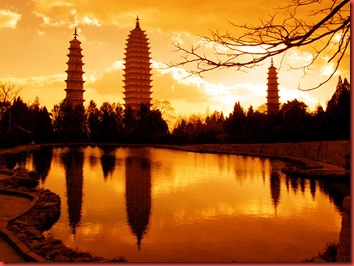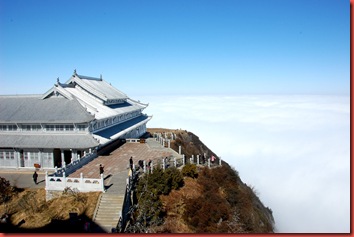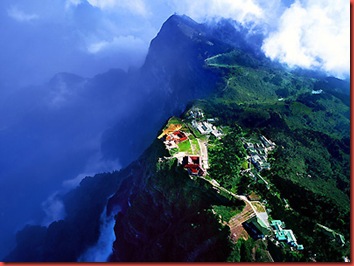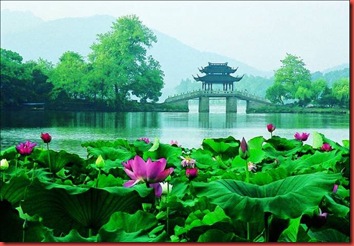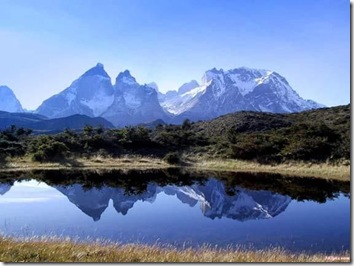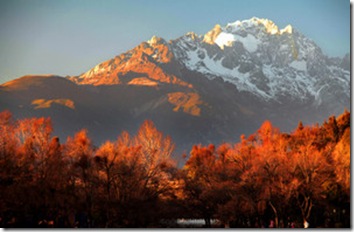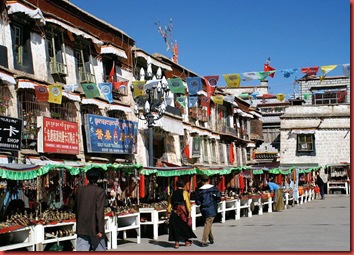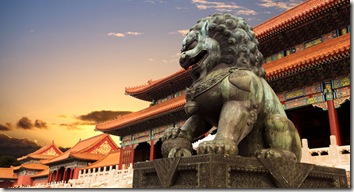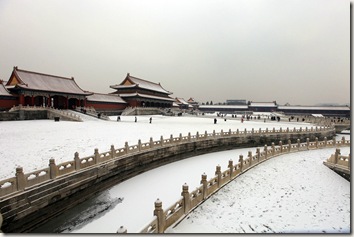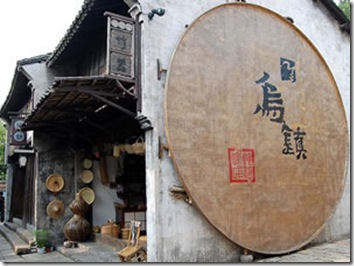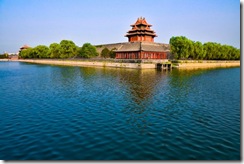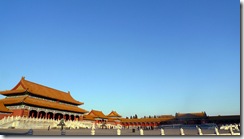The Dunhuang Mogao Grottoes are located in Dunhuang County, Gansu Province, some twenty-five kilometers southeast of the city. The common name for the grottoes is the Thousand?Buddha caves. These are located on the precipitous face of the east ridge of the Mingsha Mountains. Their construction began in the year 366 AD and, by the time of the Tang-dynasty empress named Wu Zetian, more than one thousand rooms had been carved and painted. Those that have been preserved to this day include rooms from the dynasties of Northern Wei, Western Wei, Northern Zhou, Sui, Tang, Five Dynasties, Song, Westerm Xia, and Yuan. In all there are some 492 grottoes, with wall paintings covering 45,000 square meters, and containing 2,415 painted stone carvings. This is considered a priceless artistic trove. It is now protected as a National Key Cultural Relics Protected Unit, and in 1987 it was listed among the ranks of World Cultural Heritage Sites. Welcome to China, Chinatourguide.com is pleasure to provide service for your China tours, We also provide Thailand tour packages or Cambodia tour packages.

Research has shown that the Mogao Grottoes are continually suffering damages caused by the natural environment and aging of the caves; factors such as mountain slitting and sand and wind erosion are exacerbated by the large number of tourists. Based on scientific surveys, 20 percent of the 45,000-square meter total area covered by the murals are damaged to different degrees, with this damage occurring at a much faster rate than in ancient times. President of the Dunhuang Academy Fan Jinshi says we can only slow down, rather than completely stop the aging process.
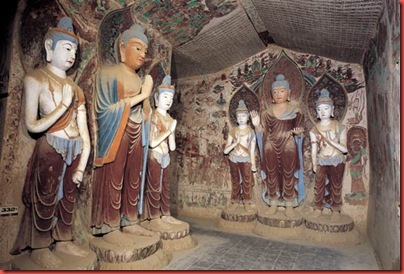
The mural art in Mogao Grottoes is unique. The murals, especially the story telling murals, have made Mogao Grottoes famous all over the world. There are no grottoes that can reach or exceed it in the world. The story telling murals depict mainly Buddhist thought including the scriptures, the biography and stories of Buddha, and other Buddhist historical records. In addition, there are Gods, mighty warriors, a thousand small Buddhas, as well as flying Buddhist angels too. The murals in Mogao Grottoes are famous for their grand scale, extensive subject matter and exquisite art. For these reasons, Mogao Grottoes is called the “library on the wall”.

